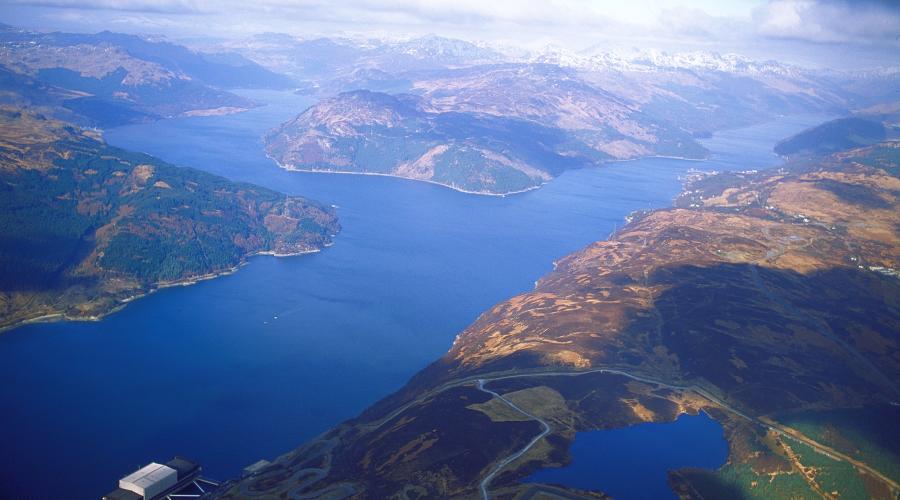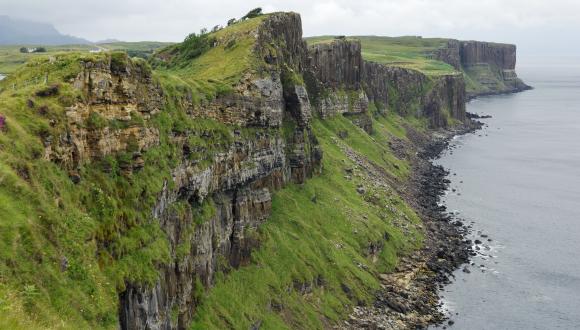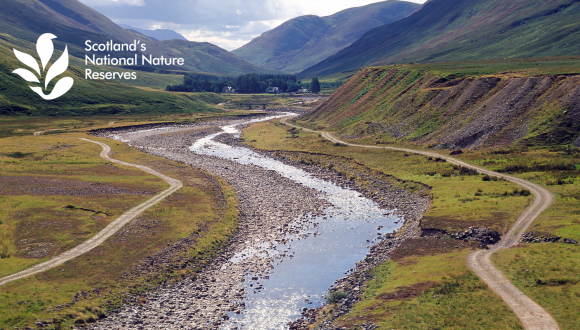
Our coastline’s geological and glacial inheritance
A diverse geology, which Ice Age glaciations only served to emphasise, has shaped Scotland’s coasts.
Scotland’s diverse geology is reflected in variations in the form of our coastline. Hard, ancient strata typically dominate much of our north and west coasts, while our south and east coasts are formed from younger, weaker rocks.
The Ice Age glaciations magnified these geological differences. Glacial erosion was more intense in the west, while glacial deposition was more common in the east.
The highly indented western coastline reflects the glacial deepening of pre-existing valleys, which were later drowned by rising sea levels to form fjords.
In the east, glacial erosion did create deep basins in the Firth of Forth and Cromarty Firth, but glacial deposition was far more widespread. The waves and wind reworked the deposited sediment to form extensive beaches, dune fields and coastal forelands such as at Tentsmuir and Morrich More.
Sea-level changes and variation in wave climates have further influenced these geological and glacial factors to form the present coast of Scotland.







